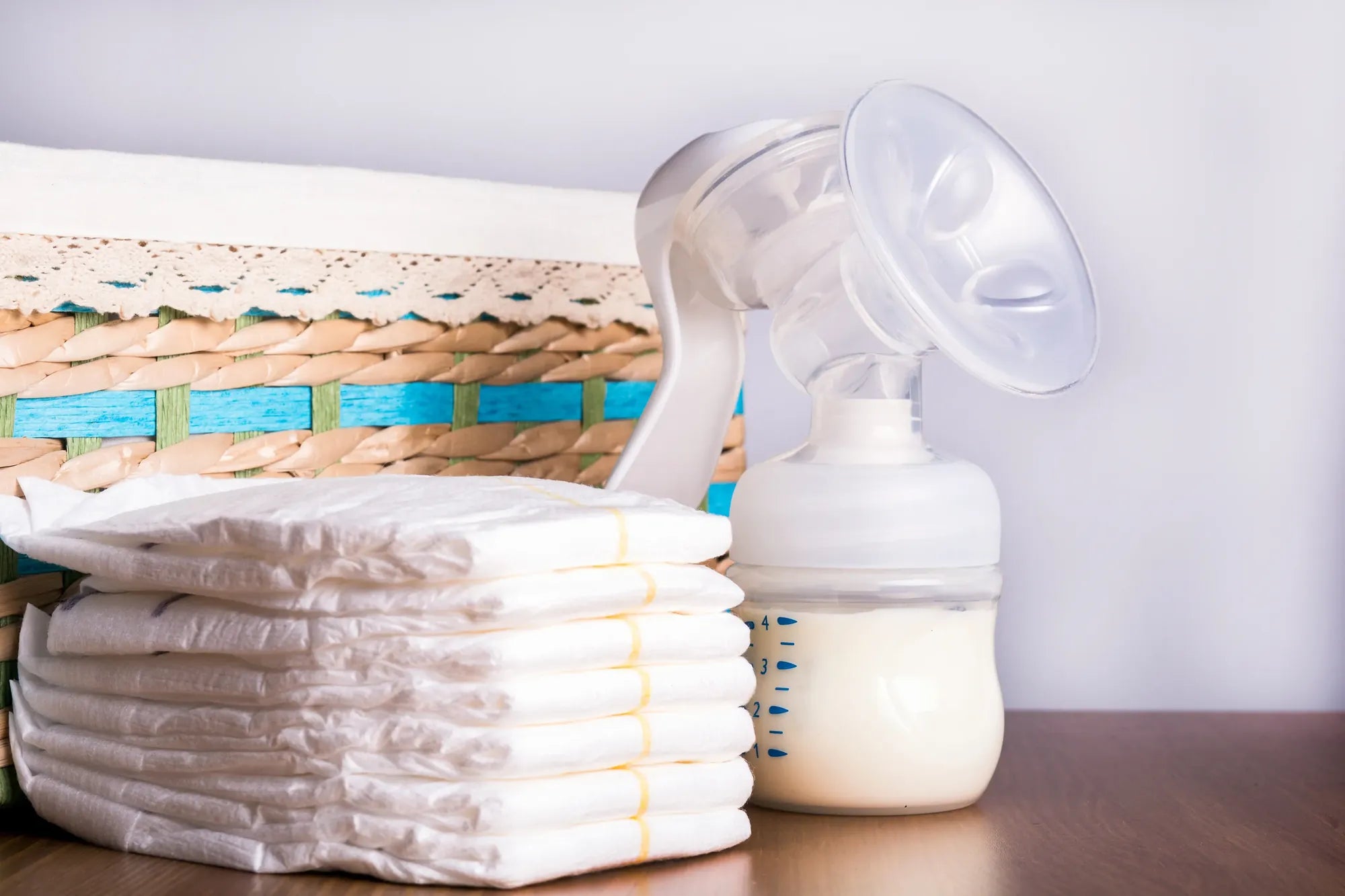Inicio
Pregnancy, Breastfeeding, and Pumping: The Ultimate Guide for Moms
Can You Pump Without Having to Breastfeed: A Comprehensive Guide

Can You Pump Without Having to Breastfeed: A Comprehensive Guide
For many new parents, the question of whether you can pump without having to breastfeed is a pressing one. The answer is a resounding yes. Pumping without breastfeeding offers flexibility and convenience, allowing parents to provide their babies with breast milk without the need for direct breastfeeding. This article will explore the reasons why someone might choose this route, the methods available, and tips for success.
Why Choose Pumping Over Breastfeeding?
There are several reasons why parents might opt to pump without breastfeeding. Some mothers may experience difficulties with latching, while others may have medical conditions that make breastfeeding challenging. Additionally, pumping allows for shared feeding responsibilities, giving partners or other caregivers the opportunity to bond with the baby through feeding. For working parents, pumping can also provide a way to continue providing breast milk even when they are away from their baby.
Understanding the Basics of Pumping
Pumping involves using a device to extract milk from the breasts. This milk can then be stored and fed to the baby via a bottle. There are different types of pumps available, including manual and electric models. The choice of pump often depends on the frequency of use and personal preference. It's important to note that regular pumping can help maintain milk supply, even if you are not breastfeeding directly.
Getting Started with Pumping
To begin pumping, it's essential to establish a routine. Start by pumping for short periods several times a day, gradually increasing the duration as your body adjusts. It's also crucial to ensure that you are using the correct flange size, as an improper fit can lead to discomfort and reduced milk output. Creating a comfortable and relaxing environment can also enhance the pumping experience.
Storing and Handling Breast Milk
Proper storage and handling of breast milk are vital to ensure its safety and nutritional value. Milk should be stored in clean, sterilized containers and labeled with the date and time of expression. It can be kept in the refrigerator for up to four days or frozen for several months. When it's time to feed the baby, the milk should be warmed gently and never microwaved, as this can destroy essential nutrients and create hot spots.
Maintaining Milk Supply
One of the challenges of pumping without breastfeeding is maintaining an adequate milk supply. To support milk production, it's important to pump regularly, ideally every 2-3 hours. Staying hydrated, eating a balanced diet, and getting enough rest can also help. Some parents may find that certain foods or supplements can boost milk supply, but it's always best to consult with a healthcare provider before making any changes to your diet.
Overcoming Common Challenges
Pumping without breastfeeding can come with its own set of challenges. Some parents may experience discomfort or pain while pumping, which can often be alleviated by adjusting the pump settings or trying a different flange size. Others may struggle with low milk supply, which can sometimes be addressed through more frequent pumping or by seeking support from a lactation consultant. It's important to remember that every parent's journey is unique, and it's okay to seek help when needed.
Benefits of Pumping Without Breastfeeding
There are numerous benefits to pumping without breastfeeding. It allows for greater flexibility in feeding schedules, making it easier to balance parenting with other responsibilities. Pumping also enables other caregivers to participate in feeding, fostering a sense of connection and involvement. Additionally, pumping can provide peace of mind for parents who may not be able to breastfeed directly, ensuring that their baby still receives the benefits of breast milk.
Tips for Success
To make the most of pumping without breastfeeding, it's helpful to establish a consistent routine and stick to it. Investing in a high-quality pump can also make the process more efficient and comfortable. Don't hesitate to seek support from healthcare providers, lactation consultants, or other parents who have experience with pumping. Remember that it's okay to adjust your approach as needed and to be patient with yourself as you navigate this new experience.
Pumping without breastfeeding is a viable and beneficial option for many parents. Whether you're looking for flexibility, facing challenges with breastfeeding, or simply prefer this method, pumping can provide a way to nourish your baby with breast milk. With the right tools, knowledge, and support, you can successfully navigate this journey and enjoy the many benefits it offers.
Compartir

